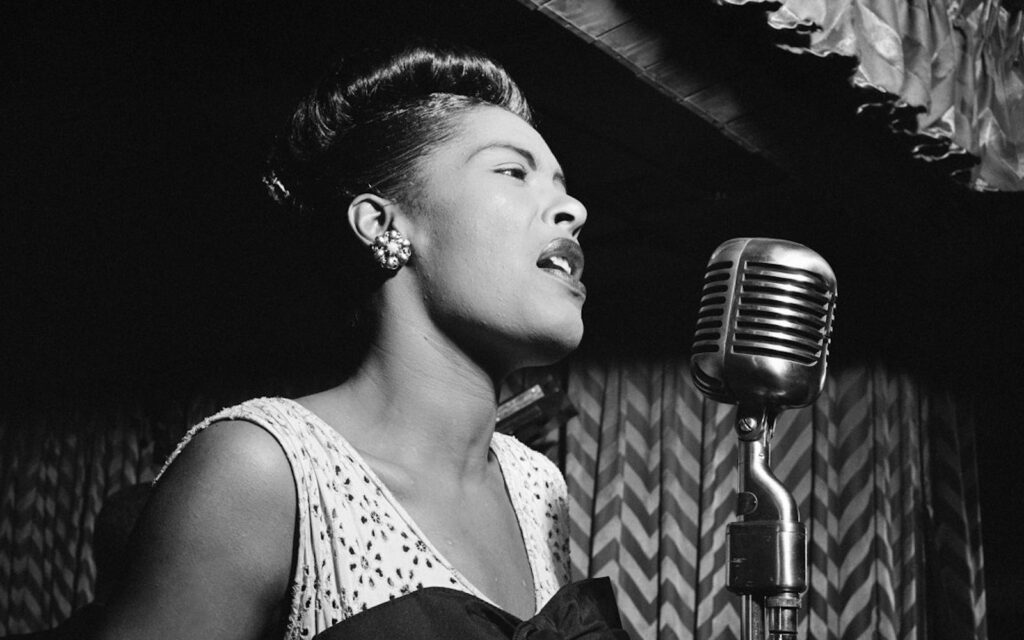Two new US studies have revealed interesting results.
Pop songs are becoming angrier, sadder and moodier, according to two US studies using different techniques.
Lior Shamir, a computer scientist at Lawrence Technical University in Michigan, collected the lyrics of over 6,000 songs from the Billboard Hot 100 list of each year’s most popular songs from 1951 to 2016. He fed them to an IBM Watson artificial intelligence platform, which uses a combination of psycholinguistics, and machine learning to measure the sentiments of text. The emotions of anger, fear, disgust, joy, sadness and extraversion were rated from within each song and given a score from 0 to 1.
For instance, Bonnie Tyler’s 1983 hit ‘Total Eclipse of the Heart’ got a 0.78 sadness rating for its opening line “Turn around, every now and then I get a little bit lonely/And you’re never coming ‘round”. It also scored 0.53 for fear, and 0.09 for joy. The Village People’s ‘YMCA’ (1978), on the other hand, scored 0.65 for joy and 0.11 for anger.
Joy is vanishing, according to the study, ‘50s hits Fats Domino’s ‘Blueberry Hill’ (1958), Little Richard’s ‘Long Tall Sally’ and Elvis Presley’s ‘All Shook Up’ rated, respectively 0.89, 0.82 and 0.702 for joy. It was downhill after that. Even Pharrell’s blatant good-timer ‘Happy’ (2014) just managed 0.79. By 2015 and Sam Smith’s ‘Stay With Me’, joy was struggling at 0.15. As for angry, Madonna’s ‘Borderline’ was at 0.35 while highest on the ‘Pissed Off’ stakes was Busta Rhymes‘ ‘Touch It’ (2006) with 0.97.
Shamir’s analysis found anger and disgust doubled over those 65 years, while fear increased by over 50%. Sadness remained stable until the ‘80s, then took the up escalator until the early 2010s. “You see a very consistent, very clear change that lyrics become angrier, more fearful, more sad, and less joyful,” Shamir says. “There are very substantial differences between lyrics in the late ‘50s compared with lyrics in 2015 and 2016.”
Meanwhile, mathematician Natalia Komarova, University of California Irvine, used a research database called AcousticBrainz, in which users could apply an algorithm to extract acoustic features – like the use of major or minor chords and tempo – and use them to score a song on emotions like sadness. By applying them to half a million songs released in the UK between 1985 and 2015, Komarova found music had become less joyful since 1985.
But interestingly, her research found that danceability and negative feelings grew together. In other words, people were being joyful on the dancefloor but singing out some lonely and isolated sentiments. Examples were Robyn’s ‘Dancing On My Own’ and albums such as Beyonce’s Lemonade and Charlie XCX’s Pop 2 mix-tape.
It’ll be interesting to see if these changes reflect more a stressed-out society, or that popular music went from sheer escapism to socio-political discourses from the mid-‘60s to the growth of a “feminine” language from the early ‘70s; courtesy of Joni Mitchell and Carole King, or if the current form of consuming (streaming over CDs, for instance) is shifting the age group of avid music consumers.







